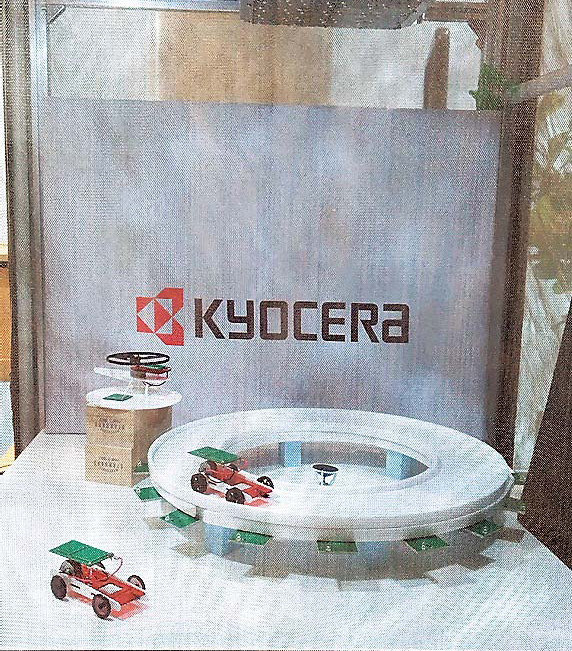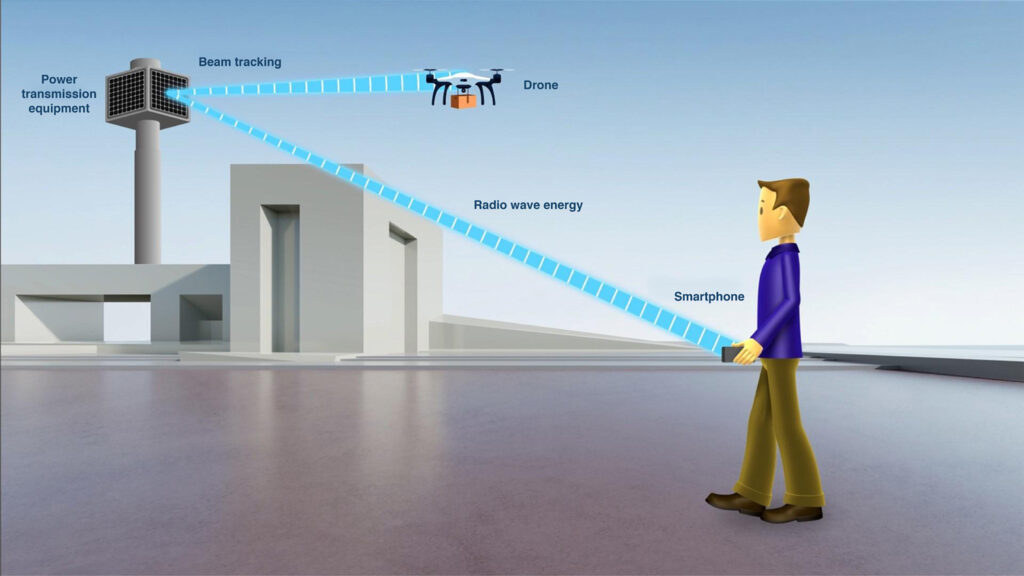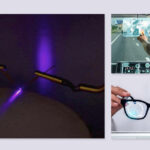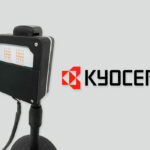ASIA ELECTRONICS INDUSTRYYOUR WINDOW TO SMART MANUFACTURING
KYOCERA Touts New Wireless Power Transfer Using Space
KYOCERA Corporation has developed a basic technology that realizes a space-based wireless power transfer system. With the new technology, transmission of stable power to information and communication equipment, such as sensors and IoT equipment in factories, mobile devices such as smartphones and cell phones, and mobile objects such as drones, becomes possible. Particularly, it is useful for automated guided vehicles in factories and drones for plant inspections. In the future, if progress is made full-scale, the instantaneous supply of electricity to moving electric vehicles (EVs) becomes possible.

Development Background
With the increase of IoT devices in an internet society, expectations and needs for wireless power supplies are growing. As the number of sensors increases due to artificial intelligence (AI) and needs for big-data collection, space-saving and flexible installation of sensors are also necessary. Furthermore, situations in which vehicles such as drones and small EVs are used continuously for long periods of time, are becoming frequent. Accordingly, the need for wireless power transmission that follows moving objects is also expanding.
Mainly, this technology is based on radio wave control technology cultivated over many years in the communications base station business. Also, it has realized simultaneous control of radio waves with high-speed tracking and high-precision radio-wave control. Moreover, a technology that enables high-efficiency conversion of radio waves into electricity supplements this.

Three Characteristics
- Radio wave control with high-speed tracking
The integrated control of radio wave energy becomes possible using the beamforming technology that controls radio waves in the desired direction. Also, the stable supply of power to mobile objects is possible by following a radio-wave source at high speed, with the direction control technology (adaptive array technology) adapted to the environment of radio wave propagation. In this technology, the radio waves emitted from an antenna are electrically controlled. Thus, it eliminates the risk of mechanical wear and failure.
(2) High-precision radio wave control
Additionally, it enables high-precision control of the direction of radio waves by efficiently utilizing reflections from walls. Moreover, this results from utilizing the beam forming technology and the null steering technology, which can suppress radiation in the direction to be avoided. The unique null wide-angle technology that controls the suppression range of radio wave emissions enables the control of radio wave emissions such that they do not affect the human body or other wireless systems.
(3) Highly efficient power conversion
The energy of radio waves is converted highly efficiently into electricity through a combination of the unique radio wave control technology, including beamforming technology, and the unique rectifying antenna circuit technology (passive part) that converts and rectifies AC microwaves into DC current.
It has been confirmed that power can be supplied by using the reflection of radio waves even in the spatial region that cannot be seen directly.
These improvements were made possible through the optimization of control circuits and devices, and refinement of production processes. The original motivation was to solve the problem of the operation time limited by the battery for mobility devices such as drones.
According to KYOCERA, drones are very useful in transporting objects, but they suffer from heavy batteries. Therefore, the company has applied the technology cultivated for many years in the development of base stations.




